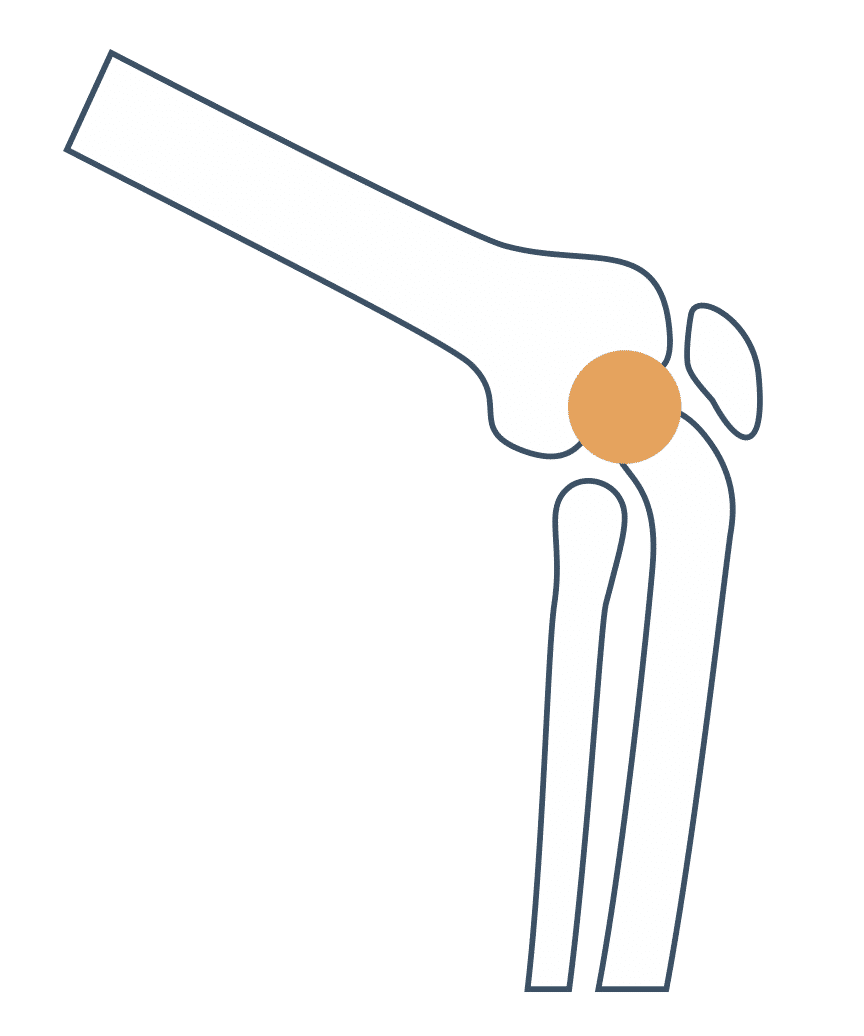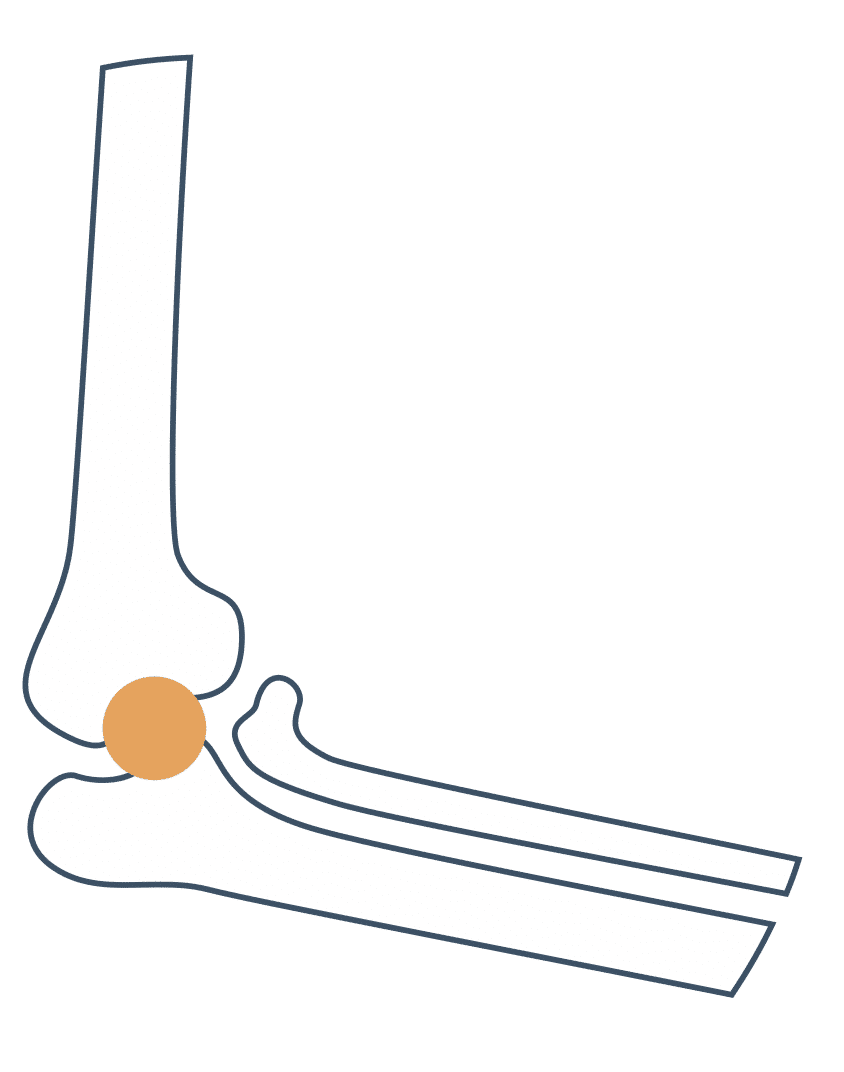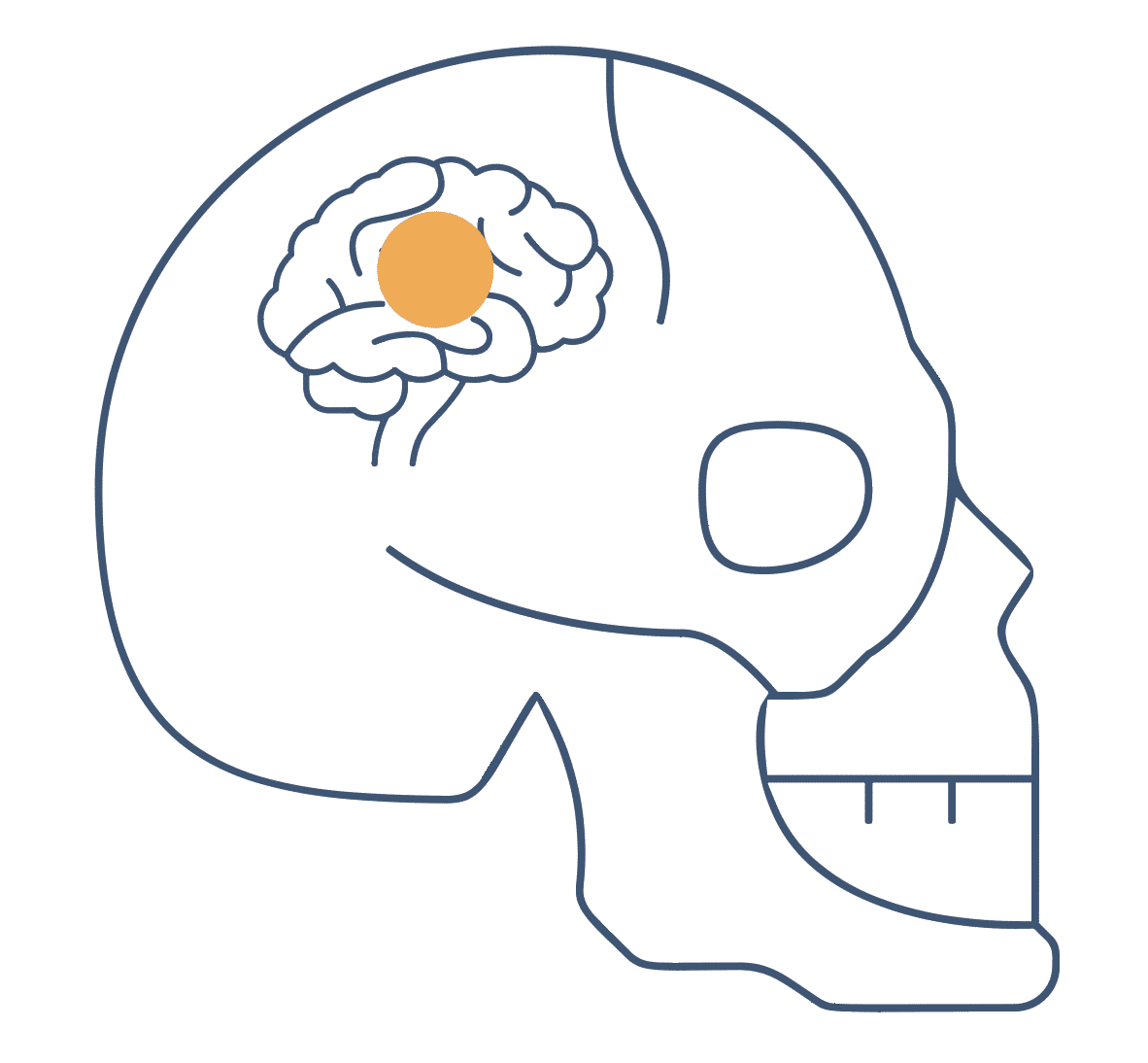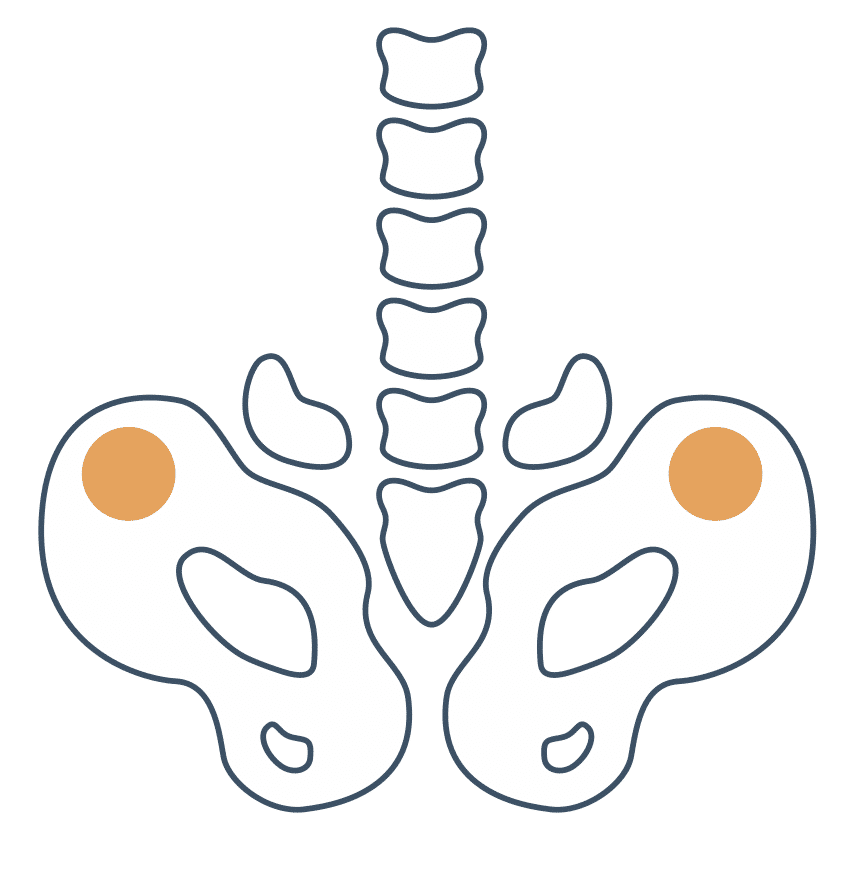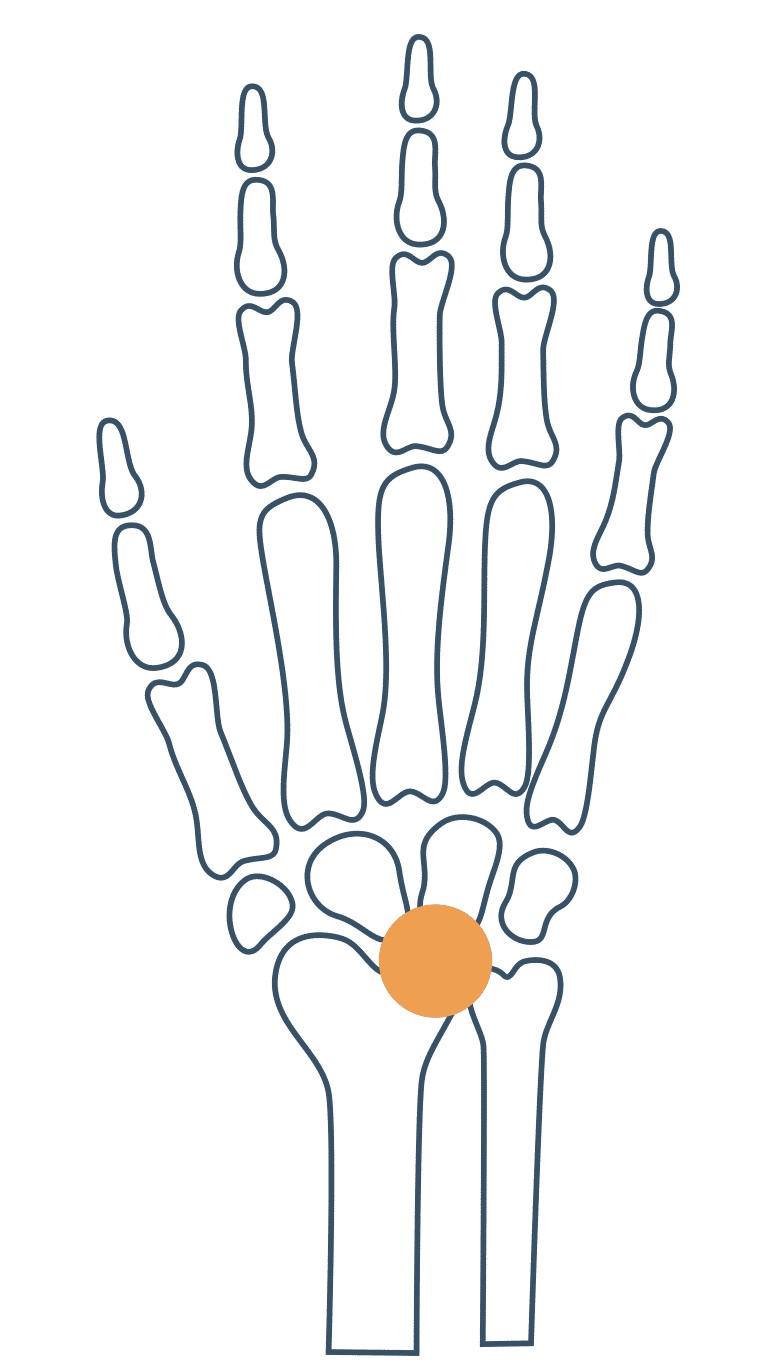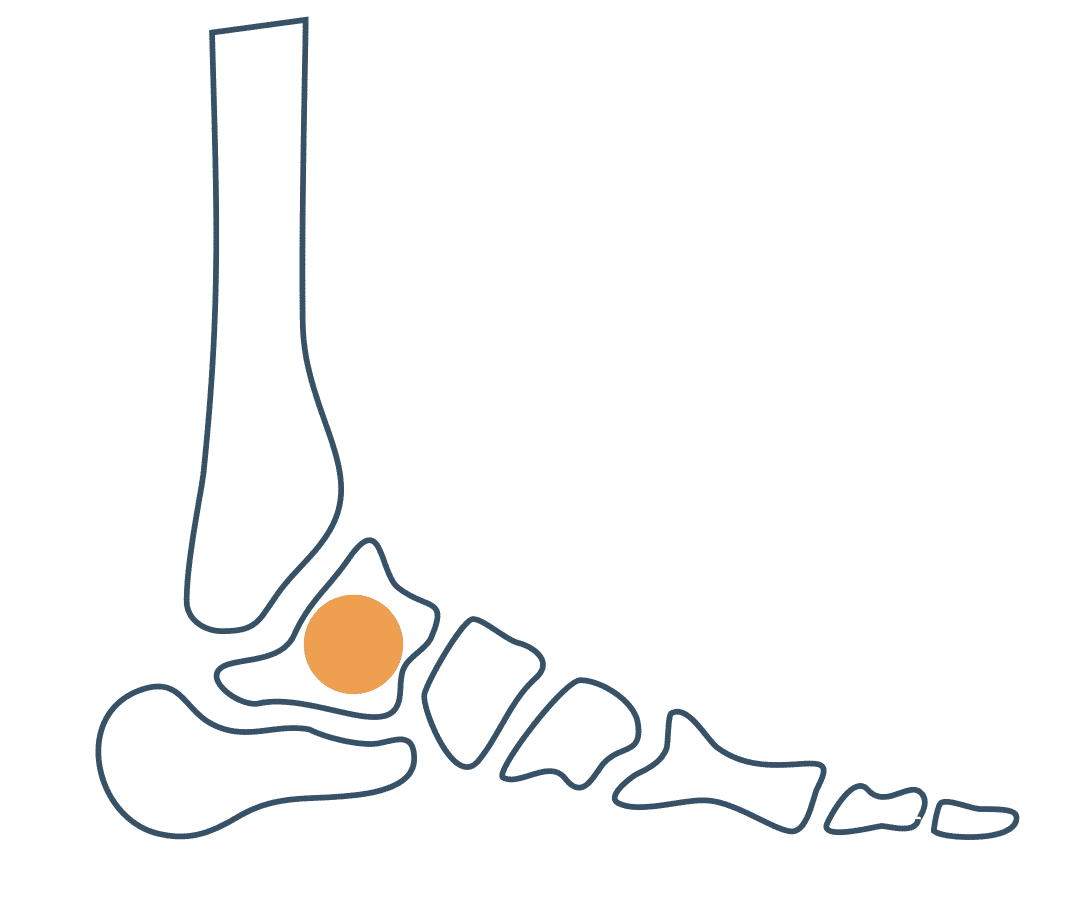Treatment of shoulder instabilities: retractile capsulitis or frozen shoulder, dislocation and tendonitis
Shoulder, a few reminders:
The shoulder is an articular complex, composed of 3 joints (glenohumeral, acromioclavicular and sternocostoclavicular) and 2 sliding planes (scapulothoracic and subacromioclavicular synovial bursa). This "suspended" articular configuration is consolidated by tissue elements (ligaments, capsule). Mobility is made possible by numerous muscles with a low lever arm, working in precise and complex synergy in order to coordinate all of the rolling and sliding of the different articular planes. This ensemble allows the upper limb to be oriented in the 3 planes of space, in order to achieve the functional objective: prehension. In the aftermath of a trauma or surgery, this fine coordination is often compromised. It is this work of coordination and recruitment of the various motor patterns that can be taken care of by Allyane neuromotor reprogramming.

Pathologies that affect the mobility of the shoulder: dislocation, capsulitis, tendonitis and other shoulder pathologies
Two main types of pathology can be distinguished: mechanical damage to bone and joint integrity, and inflammatory damage to soft tissue.
Impairment of bone and joint integrity
- Dislocation often occurs as a result of trauma (fall, impact), but also during extreme movements with high kinetic energy (e.g. tennis serve). It may involve the glenohumeral joint (anterior dislocation; the most common is posterior dislocation), or the acromioclavicular joint (disjunction between the scapular acromion and the clavicle). Beyond the possible need for medical or even surgical treatment, rehabilitation will focus on managing the after-effects and risk of recurrence of the dislocation, in relation to the stretched and often unresponsive muscular structures.
- Fractures involve the following bones: humerus, clavicle, scapula (rarer). After the consolidation phase, rehabilitation is passive (amplitude), then active, with work on tone, strength and motor coordination. Osteoarthritis is the wear and tear of joint surfaces, which tends to affect the glenohumeral joint. Pain and changes in joint capacity can have an impact on muscular coordination.
For these mechanical pathologies, the Allyane method will intervene a posteriori on inherent muscular deficits (strength, stability).
Soft tissue injuries
- Capsulitis is an inflammatory pathology with long and delicate rehabilitation. Because of the pain, muscle mobility is modified. This leads to an alteration of the sliding joint bearings with each movement. The tissue and tendon structures are irritated by friction, which reactivates the inflammation. The priority is then to treat the inflammation.
- Other inflammatory pathologies include bursitis (inflammation of the subacromial-deltoid bursa) and tendonitis (irritation of the tendons, the structure attaching a muscle to the bone). The rotator cuff is a set of 4 muscles whose tendon insertion, on the top of the humeral head, slides under the acromion of the scapula. They are the most susceptible to tendonitis. This can be due to bone/tendon conflict (subacromial conflict: prominent acromion grating the tendon), wear and tear from repetitive actions (sport, work), physiological ageing. In extreme cases, this can lead to the rupture of one or more tendons.
For these inflammatory pathologies, the Allyane procedure will be useful in a second phase, in the after-effects phase, in order to relearn muscle coordination.
Shoulder rehabilitation with the Allyane method
First of all, the practitioner will carry out a fine and precise biomechanical and muscular assessment, coupled with a video analysis. This allows the elements responsible for the loss of movement to be determined and their possible inclusion in an Allyane neuromotor reprogramming protocol.
In fact, it is possible to act more on the after-effects and recurrences of shoulder pathologies. Once the shoulder is relatively pain-free, and as a complement to rehabilitation, the Allyane method works on rebalancing the muscles: strength, power, stability and coordination. The aim is to intervene in the genesis of movement: directly on the initiation of the command at cerebral level.
To achieve this, the patient's proprioceptive sensations are integrated into motor imagery(a particular form of mental imagery), coupled with low-frequency sounds. These specific sounds, generated by a medical device, increase the emission of alpha brain waves, hyperactivating the motor areas. In this way, we seek to correct the image of the gesture.
Training in the Allyane method
You suffer from shoulder pathologies and would you like to benefit from an Allyane session?
You would like to know more about these pathologies, how to treat them or make a diagnosis ?
The Allyane method
Addressed motor difficulties
Find below the other pathologies treated by the Allyane method.

Video analysis and assessment of your motor skills

Definition of the treatment plan with your Allyane certified practitioner

Neuromotor reprogramming



